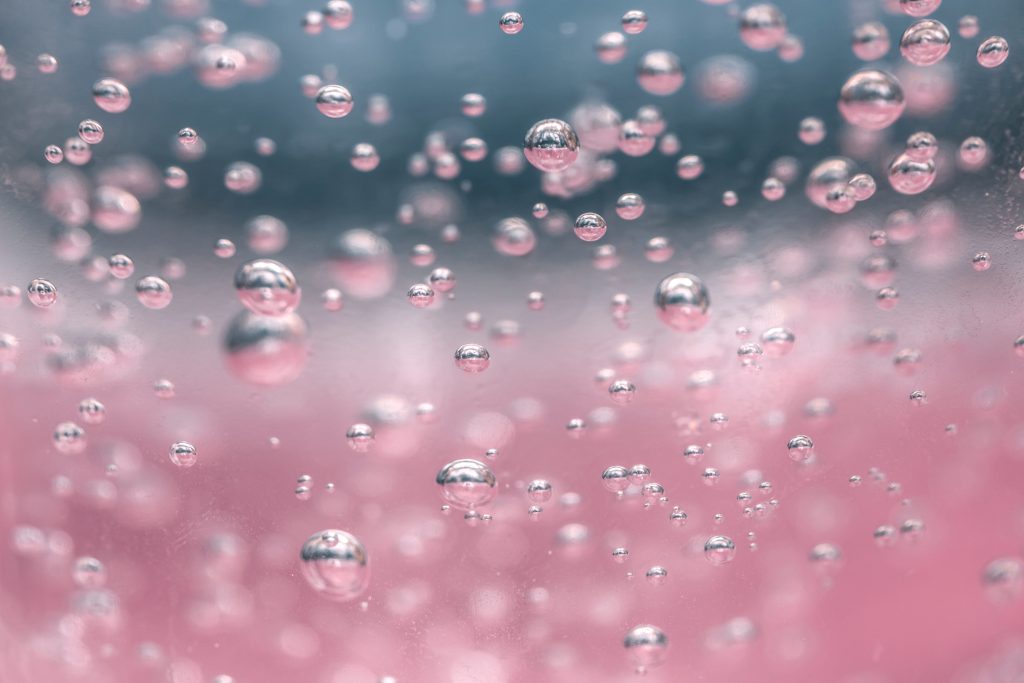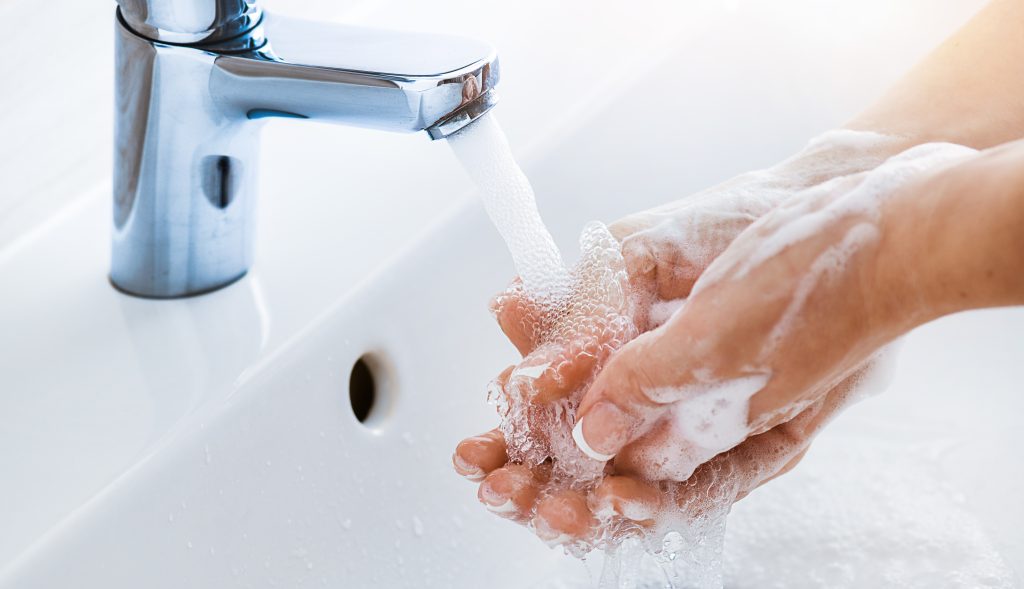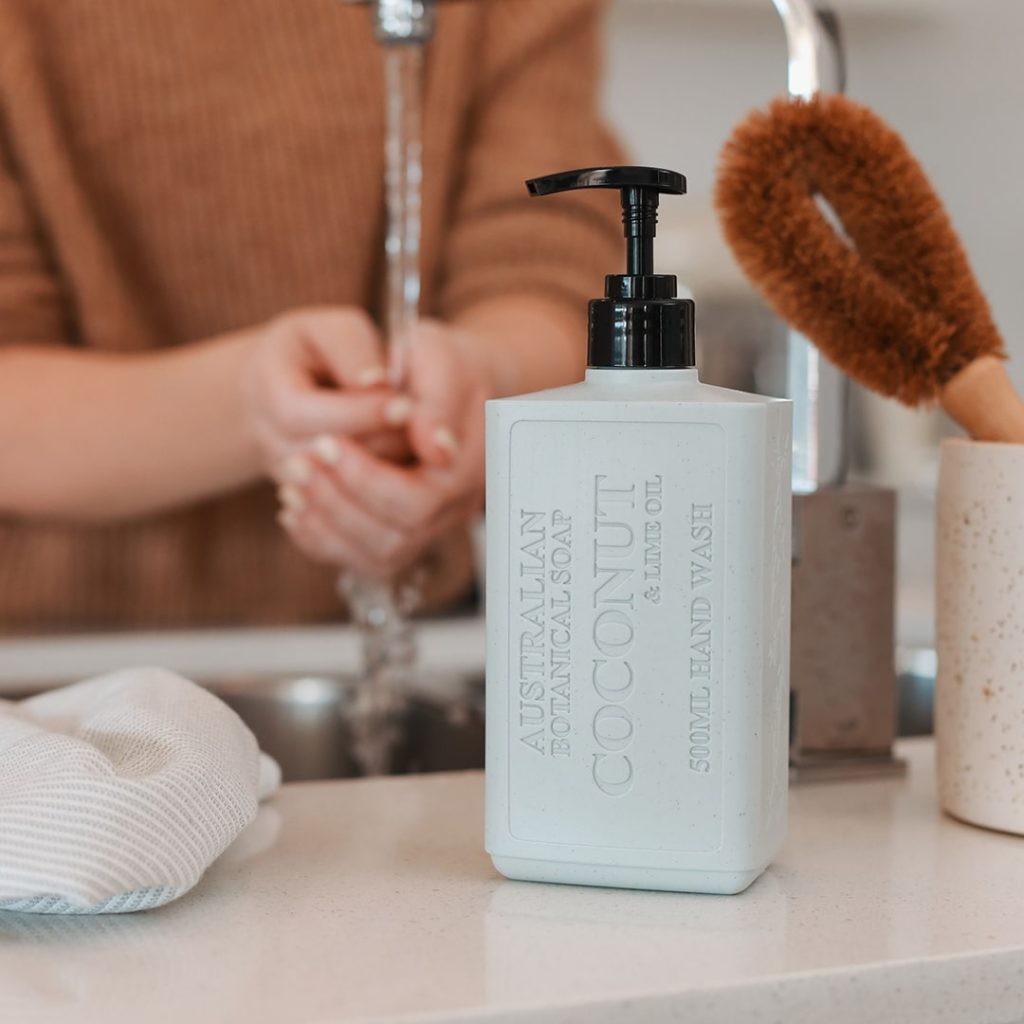
Discover the hidden dangers of harmful chemicals in your soaps.
In today’s world, we are more conscious than ever about the products we use on our bodies. From cosmetics to personal care products, we want to ensure that what we apply to our skin is safe and free from harmful chemicals. One commonly used product that many of us may not pay enough attention to is soap. soap is a staple in every household, but have you ever wondered about the ingredients it contains
In this article, we will delve deep into the world of soap, exploring the harmful chemicals it can contain and why you should be cautious about the soap you use.
Why should you care about the ingredients in your soap?
Soap is an essential part of our daily hygiene routine. We use it multiple times a day to clean our skin, and it’s a product that comes into direct contact with our skin. However, not all soaps are created equal. Some of them contain harmful chemicals that can have detrimental effects on our health. This is why it’s crucial to be aware of the ingredients in your soap and make informed choices about the products you use.
The ingredients to avoid in soap
To understand why certain soaps can be harmful, let’s take a closer look at some of the ingredients you should avoid:
1. Parabens
Parabens are synthetic preservatives often used in cosmetics and personal care products, including soaps. They can disrupt the endocrine system and have been linked to reproductive and developmental issues.
2. Fragrance
Fragrance is a common ingredient in many soaps, but it can be a hidden source of harmful chemicals. Manufacturers are not required to disclose the specific chemicals used to create fragrance, making it difficult for consumers to know what they are exposing themselves to.
3. Sodium Lauryl Sulfate (SLS) and Sodium Laureth Sulfate (SLES)
SLS and SLES are surfactants commonly found in soaps and body washes. They can cause skin irritation and have been linked to potential carcinogenic effects.
4. Triclosan
Triclosan is often added to antibacterial soaps to prevent the growth of bacteria. However, it has been associated with disrupting the hormone system and poses potential risks to human health.
5. Phthalates
Phthalates are a group of chemicals used to soften and increase the flexibility of plastics. They can be found in many cosmetics and personal care products, and they have been linked to a variety of health concerns, including birth defects and organ toxicity.
6. Formaldehyde
Formaldehyde is a potentially harmful chemical often used as a preservative in cosmetics and other personal care products. It can be irritating to the skin and has been classified as a carcinogen by the International Agency for Research on Cancer.
Now that we’ve identified some of the harmful chemicals that can be present in soap, let’s explore each of these ingredients in more detail and understand why they are a cause for concern.

Parabens: are they harming your skin?
Parabens are a group of synthetic chemicals that are commonly used as preservatives in cosmetic and personal care products, including soaps. They are used to extend the shelf life of products and prevent the growth of harmful bacteria and mold.
While parabens may serve a practical purpose, they have raised concerns in recent years due to their potential health risks. Parabens can mimic oestrogen in the body, leading to hormone disruption. This is a significant concern because disruptions in hormonal balance can lead to various health issues, including reproductive problems and an increased risk of breast cancer.
To make matters worse, parabens have been detected in breast tissue, suggesting a potential link between their use and breast cancer. While more research is needed to establish a definitive connection, many experts recommend avoiding products that contain parabens to reduce any potential risk.
The hidden dangers of fragrance
Fragrance is a common ingredient in many soaps and other personal care products. While it may make your soap smell delightful, it can also be a hidden source of harmful chemicals. The term “fragrance” on an ingredient list can encompass a wide range of synthetic chemicals, and manufacturers are not required to disclose the specific compounds used to create a fragrance.
This lack of transparency makes it difficult for consumers to know what they are exposing themselves to when using products with added fragrance. Many of these undisclosed chemicals can be potential allergens, skin irritants, or even harmful to the respiratory system. For individuals with sensitive skin or allergies, using products with undisclosed fragrances can lead to skin irritation and discomfort.
If you’re concerned about the potential risks associated with fragrance, consider opting for fragrance-free or unscented soaps. These products are formulated without added fragrance and are less likely to cause skin irritations or allergic reactions.
SLS and SLES: the foamy culprits
Have you ever wondered why some soaps create a rich and luxurious lather? The answer often lies in the use of surfactants like Sodium Lauryl Sulfate (SLS) and Sodium Laureth Sulfate (SLES). These chemicals are responsible for creating that satisfying foamy lather when you wash your hands.
While the lather might feel pleasant, SLS and SLES can have negative effects on your skin. They are known to be skin irritants, especially for individuals with sensitive skin. Prolonged exposure to these surfactants can lead to dryness, itching, and redness.
Moreover, there have been concerns about the potential carcinogenic effects of SLS and SLES when they react with other chemicals during the manufacturing process. While the evidence is not definitive, it’s prudent to be cautious when it comes to products containing these surfactants, especially if you have sensitive skin.

Triclosan: the controversial antibacterial agent
Triclosan is an antimicrobial agent that has been widely used in antibacterial soaps and other personal care products. Its primary function is to inhibit the growth of bacteria and prevent the spread of infections. While this may seem like a beneficial feature, triclosan has come under scrutiny due to potential health risks.
One of the main concerns surrounding triclosan is its potential to disrupt the endocrine system. Research has shown that triclosan can interfere with the normal functioning of hormones in the body, which can lead to a range of health issues, including hormonal imbalances.
Furthermore, the widespread use of triclosan in consumer products has raised concerns about the development of antibiotic resistance in bacteria. Overuse of antibacterial agents like triclosan can contribute to the growth of antibiotic-resistant strains of bacteria, making it more challenging to treat infections effectively.
Due to these concerns, the U.S. Food and Drug Administration (FDA) banned the use of triclosan in over-the-counter antibacterial soaps and body washes in 2016. However, it’s still essential to check the ingredient lists of other products, as triclosan may still be present in some formulations.
Phthalates: the plasticisers you didn’t sign up for
Phthalates are a group of chemicals used to increase the flexibility and softness of plastics. They are also commonly used as ingredients in cosmetics and personal care products, including soaps. Phthalates can be found in various forms, such as Phthalates can be found in various forms, such as diethyl phthalate and dibutyl phthalate, and are often used to enhance the texture and fragrance of soaps. However, their presence in personal care products has raised significant concerns.
Research has linked phthalates to various health issues, including birth defects and organ toxicity. These chemicals can be absorbed through the skin, and their long-term effects are still being studied. To reduce your exposure to phthalates, it’s essential to choose soaps and personal care products that are phthalate-free.
Formaldehyde: a preservative with carcinogenic potential
Formaldehyde is another concerning ingredient found in some soaps and personal care products. It is often used as a preservative to extend the shelf life of cosmetics. However, formaldehyde is classified as a carcinogen by the International Agency for Research on Cancer.
Exposure to formaldehyde can lead to skin irritation and potentially more severe health issues when used consistently over time. To minimise your risk, opt for soaps without this potentially harmful preservative.

Choosing safer soaps
Given the potential risks associated with these harmful ingredients, it’s crucial to make informed choices when selecting soaps. Here are some steps you can take to ensure your soap is safe:
- Read Ingredient Labels: Always check the ingredient list on the product label. Avoid products that contain parabens, undisclosed fragrances, SLS, SLES, triclosan, phthalates, or formaldehyde.
- Opt for Natural and Organic Options: Consider using soaps made with natural and organic ingredients. These products are less likely to contain harmful chemicals.
- Fragrance-Free Options: Choose fragrance-free or unscented soaps to reduce the risk of skin irritation or allergic reactions.
- Research Brands: Look for brands that prioritise transparency and provide detailed ingredient information. Certifications from organisations like the Environmental Working Group (EWG) can also be a helpful indicator of a product’s safety.
- Consider Soap Alternatives: Explore soap alternatives such as all-natural soaps, liquid castile soap, or made soaps that use natural ingredients.
- Homemade Soaps: If you’re feeling adventurous, you can even make your own natural soap and avoid using harmful chemicals altogether.

In conclusion
The soap you choose matters more than you might think. Being aware of the ingredients in your soap is essential for your health and well-being. Harmful chemicals like parabens, undisclosed fragrances, SLS, SLES, triclosan, phthalates, and formaldehyde can have adverse effects on your skin and overall health.
By reading ingredient labels, opting for safer soap alternatives, and staying informed about the potential risks, you can make choices that protect you and your loved ones from the hidden dangers of harmful chemicals in soaps. Your health and peace of mind are worth the extra attention when selecting the right soap for your daily routine.